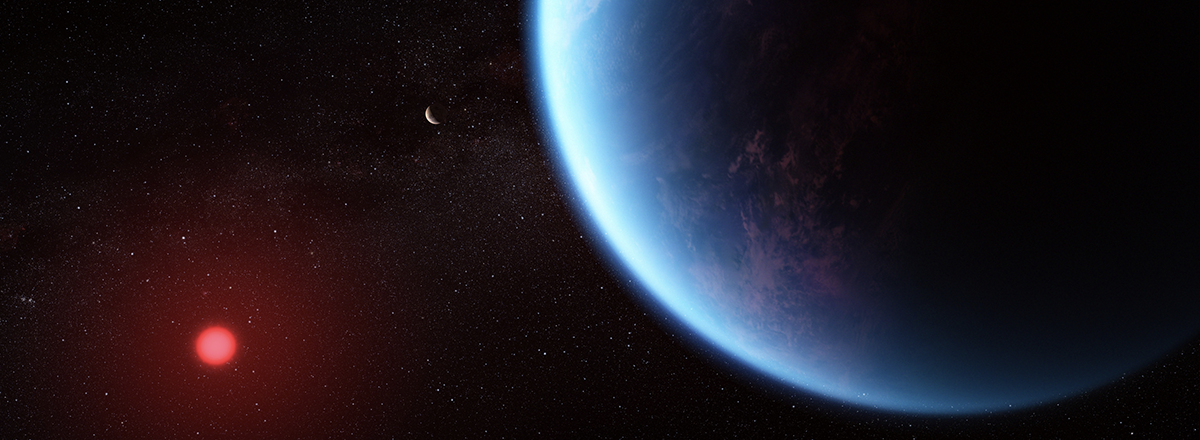James Webb Detects Potential Life-Supporting Conditions on Exoplanet K2-18 b
The detection of methane and carbon dioxide in K2-18 b's atmosphere is a significant milestone. These carbon-bearing molecules suggest the possibility of a hydrogen-rich atmosphere and a surface covered by a water ocean.

NASA's James Webb Space Telescope has made a new discovery on exoplanet K2-18 b, located 120 light-years away in the constellation Leo. Webb's observations have revealed the presence of carbon-bearing molecules, including methane and carbon dioxide, on this exoplanet, raising exciting possibilities about its potential to support life.
K2-18 b is an exoplanet with a mass 8.6 times that of Earth. It orbits a red dwarf star, K2-18, in what scientists call the "habitable zone," a region around a star where conditions are just right for liquid water to exist on a planet's surface.
The detection of methane and carbon dioxide in K2-18 b's atmosphere is a significant milestone. These carbon-bearing molecules suggest the possibility of a hydrogen-rich atmosphere and a surface covered by a water ocean.
Furthermore, the telescope's observations hint at the existence of dimethyl sulfide (DMS) in the exoplanet's atmosphere. On Earth, DMS is primarily produced by biological activity.
While this finding is intriguing, scientists caution that further research is needed to confirm the presence of DMS and assess its significance.

